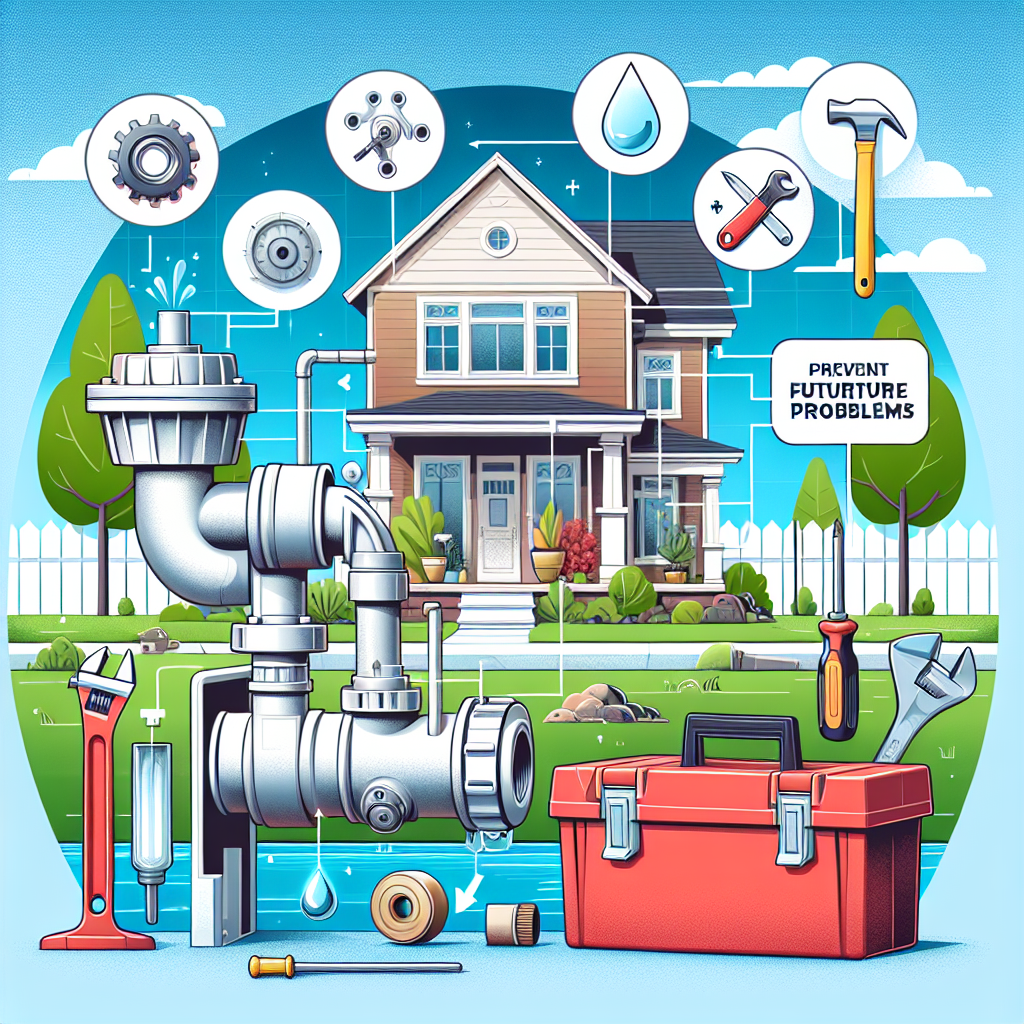Backflow preventers are essential components of plumbing systems, safeguarding our drinking water supply from contamination. Whether you manage a commercial building or simply want to stay proactive at home, understanding how to maintain your backflow preventer can save you time, money, and a whole lot of hassle. In this guide, we’ll explore useful DIY maintenance hacks to keep your backflow preventer in top condition and ensure a reliable plumbing system.
Understanding the Importance of Backflow Preventers
Before diving into the maintenance hacks, let’s grasp why backflow preventers are vital. They are mechanical devices designed to stop the reverse flow of water, which can happen due to changes in pressure. When backflow occurs, unclean water can infiltrate clean lines, posing serious health risks. Regular maintenance can prevent issues before they start, preserving the integrity of your water supply.
Regular Inspections: A Key Habit
The Basics of Inspection
A proactive approach begins with regular inspections. Here are some simple steps to incorporate into your routine:
- Visual Checks: Take a close look at your backflow preventer for any signs of leaks, corrosion, or physical damage. If it looks out of sorts, it’s time for a closer look.
- Listen for Unusual Sounds: If you hear odd noises, such as hissing or gurgling, it may indicate problems within the system, requiring immediate attention.
When to Inspect
It’s wise to conduct inspections at least twice a year, similar to how you’d change your smoke detector batteries. Additionally, inspect the unit after extreme weather conditions, as these can affect its performance.
Clean the Assembly Annually
How to Do It
Over time, debris and sediment can accumulate in your backflow preventer, impacting its effectiveness. Here’s an easy cleaning process:
- Turn Off the Water Supply: Safety first! Ensure the water supply to the backflow preventer is turned off.
- Disassemble (If Comfortable): If you’re familiar with plumbing, carefully disassemble the backflow preventer according to the manufacturer’s instructions. If not, consider consulting a professional.
- Clear Out Debris: Use a soft brush and soapy water to clean the components, removing any dirt or build-up.
- Reassemble and Check for Leaks: Once cleaned, reassemble the unit and check for leaks when the water supply is turned back on.
Lubricate Moving Parts Regularly
Why Lubrication Matters
Proper lubrication of the moving parts helps to keep the backflow preventer functioning smoothly. Lack of proper lubrication can lead to wear and tear, causing unexpected failures.
Lubrication Steps
Apply a silicone-based lubricant to any moving parts of the assembly, following the manufacturer’s guidelines for best practices. This should be done approximately every six months to ensure optimal performance.
Freezing Considerations: Winter Maintenance Tips
How to Winterize Your Backflow Preventer
In regions with freezing temperatures, taking steps to prevent your backflow preventer from freezing can save you from costly winter repairs:
- Insulate: Use insulating materials to wrap the external components. Foam sleeves or insulation tape work well.
- Drain the System: If your backflow preventer isn’t in use during the winter months, it’s safest to drain the system completely.
Learning When to Call in the Pros
Recognizing the Signs
While DIY maintenance can go a long way, some situations require professional help. Here are signs that it may be time to call a plumber:
- Persistent leaks or unusual noises after your DIY efforts
- Severe corrosion or physical damage to the assembly
- Any signs of backflow problems, such as foul-smelling or discolored water
Choosing the Right Professional
Ensure that the contractor you choose is certified in backflow prevention and aware of local codes and regulations. A qualified professional can provide a thorough inspection and maintenance plan tailored to your system.
Conclusion: A Few Minutes for Future Peace of Mind
Regularly maintaining your backflow preventer can significantly reduce the risk of future problems, protecting the quality of your water and saving you time and money in the long run. These DIY maintenance hacks are simple yet effective, allowing you to take control of your plumbing system. Remember, when in doubt, don’t hesitate to call a professional—it’s always better to err on the side of caution.
By following these guidelines, you’ll ensure a clean and safe water supply for your home or business. Happy plumbing!
SEO Optimization
- Keywords: backflow preventer maintenance, DIY plumbing hacks, backflow preventer cleaning, plumbing tips, winterize backflow preventer
- Meta Description: Discover essential DIY maintenance hacks for your backflow preventer to prevent future problems. Learn how inspections, cleaning, and proper lubrication can safeguard your water supply.


